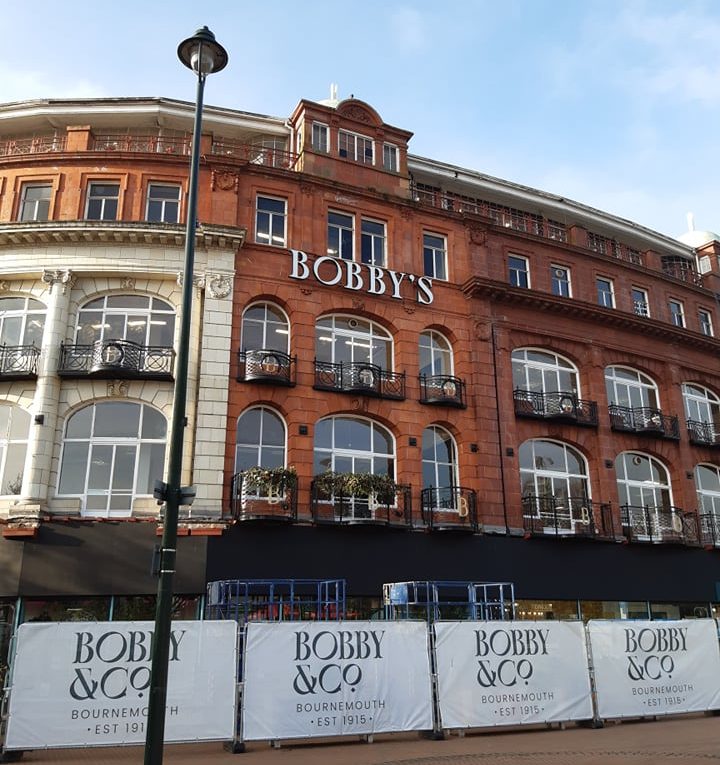Viewing Societal Change Through the High Street
As time passes, towns change. New people come in and out, new people are born, and new places must be made to meet their needs. The high street is a small area which shows the greatest cultural change as new places open and old ones close to meet the needs of the ever-changing public.
Bournemouth’s story began in the 19th century as a seaside resort town for Britain’s wealthy elites and foreign monarchs. Picked for its largely untouched landscape and it being like a “Mediterranean lounging-place on the English Channel,” Bournemouth quickly became a popular destination for wealthy tourists. Where Bournemouth has since retained its role as a great destination for tourists, it has opened up significantly since.

In the early 20th century Bournemouth was developing while also still being marketed as a resort town. Its growing population needed access to new facilities. Schools such as the Bournemouth School (two schools, one all boys and the other all girls) and the Municipal Technical College which is now Bournemouth and Poole College were built to educate its population. These changes show the transition Bournemouth was taking as it became a residential area.
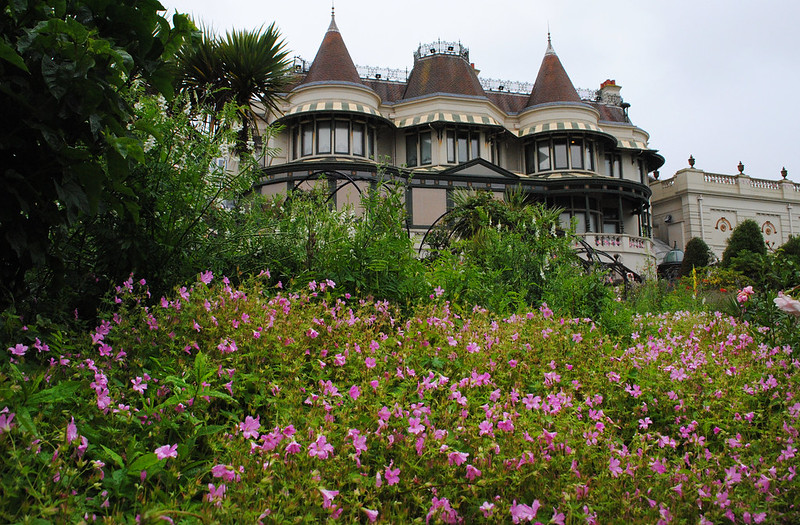
A building which characterises the changes in Bournemouth’s society is the Russell-Cotes Museum. It was once the lavish home of Merton and Annie Russell-Cotes which has since become a museum, something now accessible for the public. Filled with a large collection of art and artefacts, the museum is now an iconic tourist spot in Bournemouth.
As online shopping has become more and more popular, less and less people visit shops in person which has caused serious problems for many shops like department stores. Why go to Beales to buy a coat when you can order the same one online? This has resulted in favouring places that provide a certain experience while visiting to make their customers willing to go out to the shop.
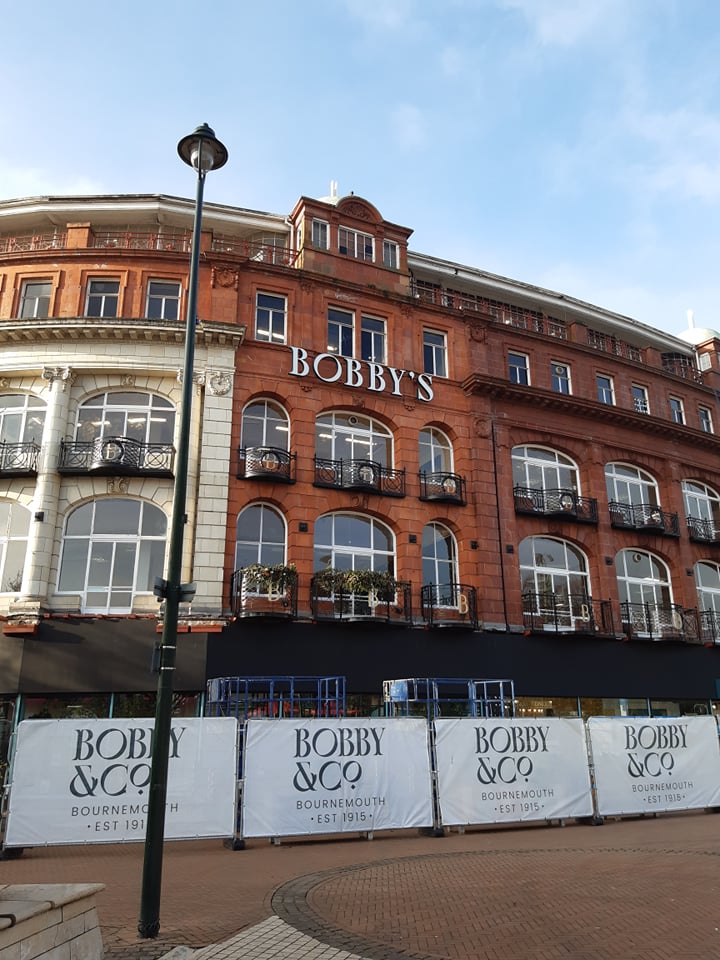
But it might not be too late for department stores and “outdated” industries. Bobby’s & Co. department store has been built over the old Debenhams showing that these more unique shops still have a chance in today’s high street. This Department store is also moving with the times, Bobby’s want to create a sustainable and iconic experience to “prove there is a future for high streets across the UK.”
If you walk down the high street today you will be met with mostly unique and diverse cafés, restaurants, and leisure facilities. Its atmosphere is modern, more comparable to the city of Brighton than the rest of Bournemouth’s rural county Dorset. Especially with the construction of the University in 1992, the town has changed from a small retreat for the elite to a bustling, modern, and popular place for the younger generations.
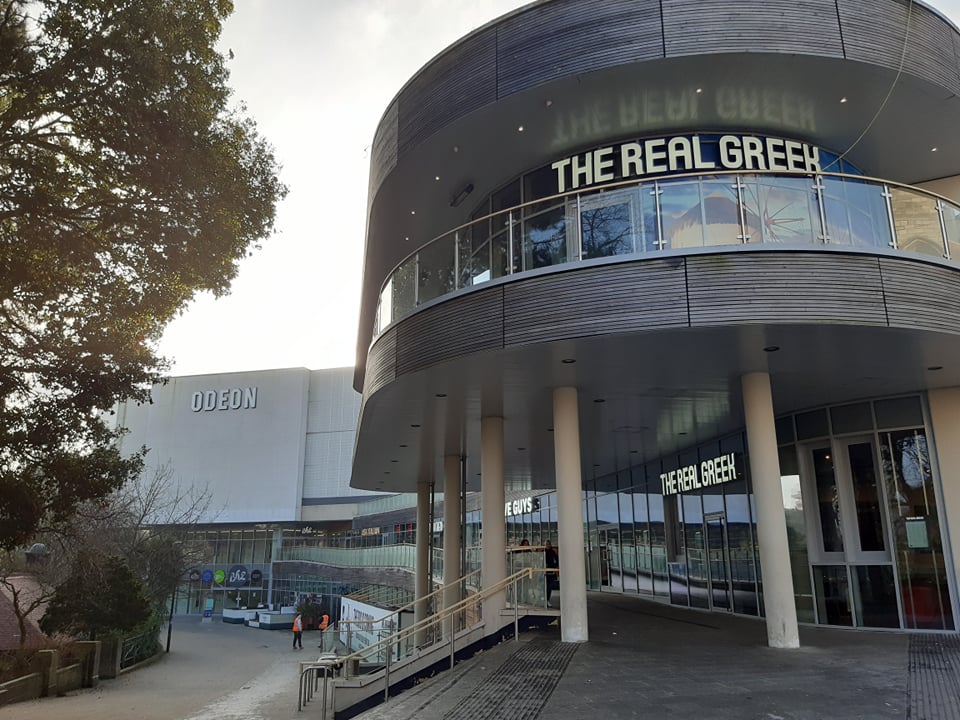
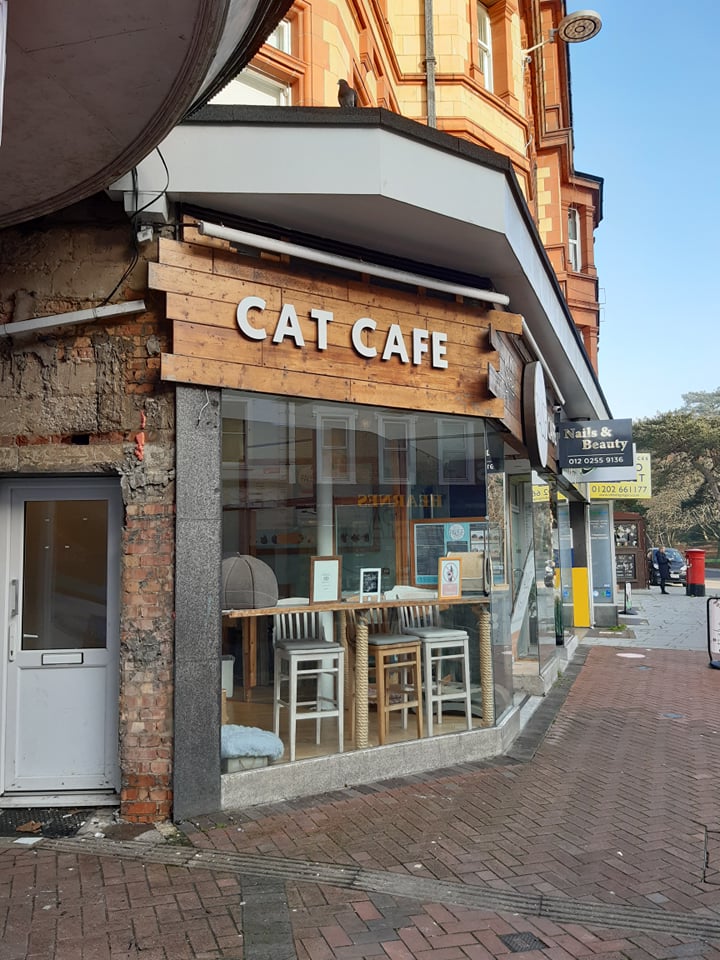
Sources and further reading
Arthur, Andrew. “Bournemouth Debenhams to be replaced by Bobby’s department store with ice-cream parlour and dog café.” Business Live, May 11, 2021. https://www.business-live.co.uk/retail-consumer/bournemouth-debenhams-replaced-bobbys-department-20568962.
Atkinson, David. “Bournemouth’s 200 Years and its 20 MPs.” British Scholar 2 no. 2 (March 2010): 286-294.
Kefford, Alistair. “’The death of the high street’: town centres from post-war to Covid-19.” Policy Papers. (June 2020). https://www.historyandpolicy.org/policy-papers/papers/the-death-of-the-high-street-town-centres-from-post-war-to-covid-19.
S. W. S. “Bournemouth And Its Attractions.” The British Medical Journal 1, no. 3809 (1934): 22–24. http://www.jstor.org/stable/25319741.

